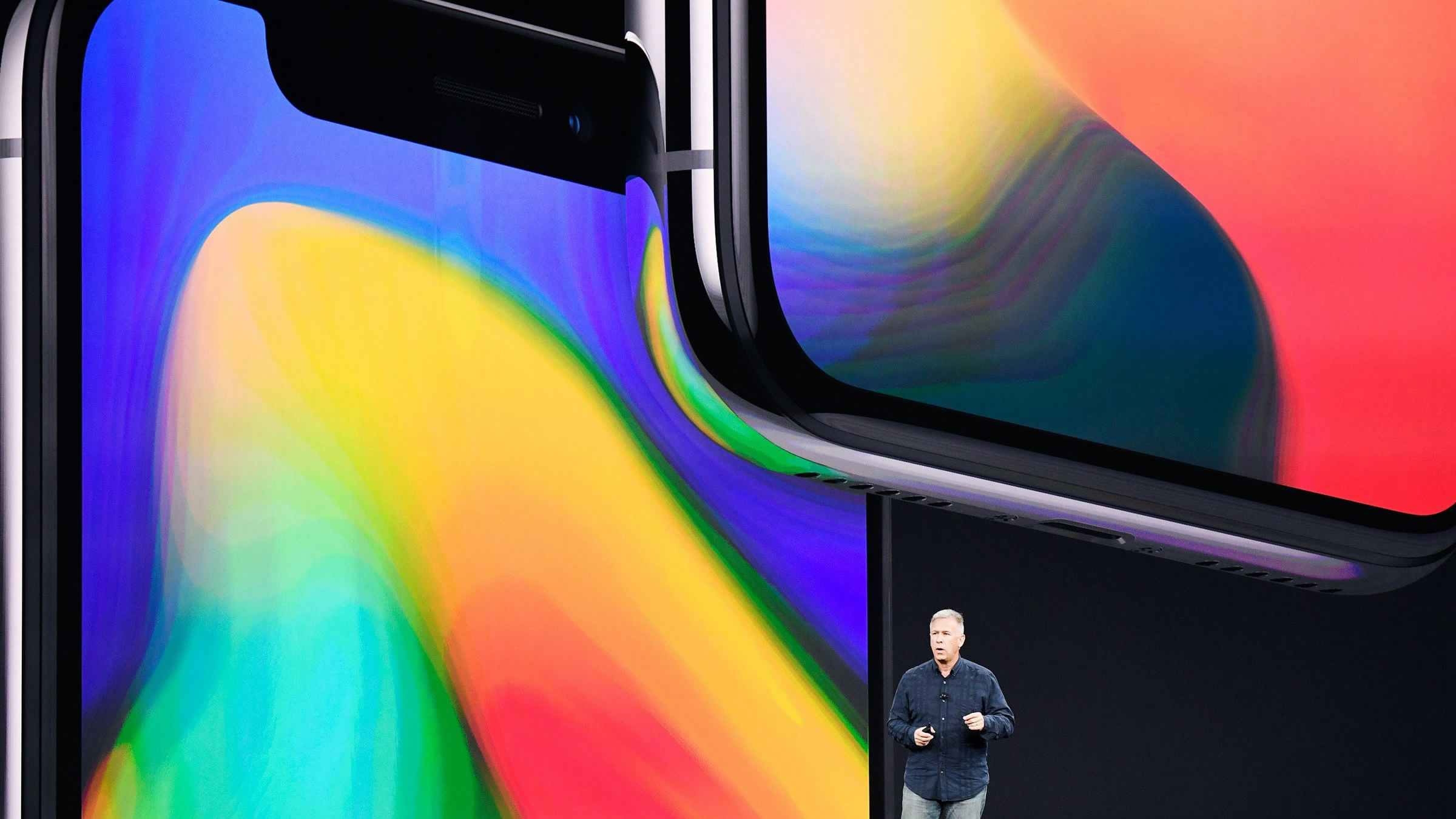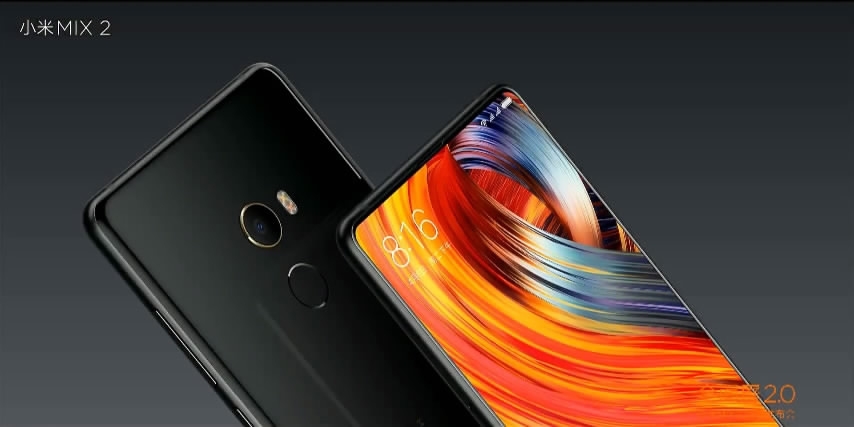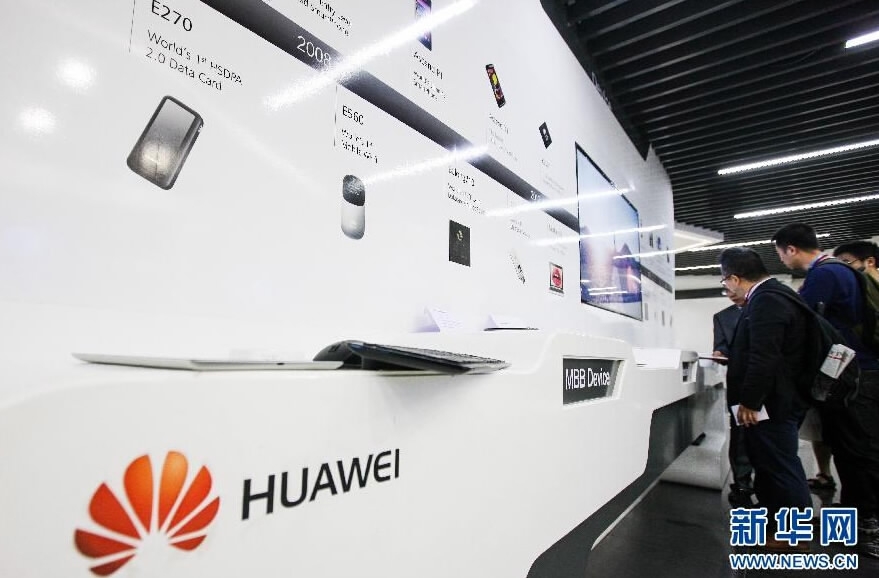
Opinions
16:34, 09-Jan-2018
Opinion: Is the Apple bubble about to burst?
Guest commentary by Andy Mok

While many industry analysts look to market share to determine industry leadership, Apple’s leadership is better assessed using a different financial metric.
Since the launch of the iPhone in Q3 2007, with the exception of a single quarter that was an aberration, Apple never achieved market share leadership in the smart phone industry.
At its peak in Q4 2011 it reached a 23 percent market share while Samsung consistently outpaced Apple in sales. However, Apple accomplished something even more daunting and admirable than pole position in market share, it seized the lion’s share of industry profits.
By this metric as well as by more qualitative measures, Apple has been considered the leader in the smartphone industry.
Apple’s profits far exceed that of its nearest competitors. The company reaps an average of 151 US dollars from each iPhone sale, compared with 31 dollars for Samsung and between 13 and 15 dollars for Huawei and its Chinese rivals Oppo and Vivo, according to research by Counterpoint, a global firm that studies the sector.
Xiaomi, the budget Chinese phone brand which saw its mainland China smartphone sales surge 57 percent year on year in the third quarter of 2017, according to IDC data, only earns 2 US dollars of profit per unit as it operates on very thin margins, said Counterpoint.

iPhone X has an edge-to-edge display, looking similar to some previous bezel-less designs. /Screenshot from Apple
iPhone X has an edge-to-edge display, looking similar to some previous bezel-less designs. /Screenshot from Apple
Remarkably, Apple has seized upwards of 90 percent of industry profits and even achieved a high of 104 percent in Q3 2016 as a handful of other players incurred losses.
However, what a difference a year makes. In Q2 2017 Apple’s share of industry profits fell to 60 percent while its key competitors gained ground.
According to Counterpoint, this quarter was the first time the cumulative profits of Chinese brands crossed 1.5 billion US dollars in a single quarter. Historically, all the profits have been split between Samsung and Apple.

The Mi Mix 2 smartphone /Screenshot from Xiaomi
The Mi Mix 2 smartphone /Screenshot from Xiaomi
Next, gaining and keeping customer loyalty and their willingness to pay a premium requires that a company quickly deliver increasingly more appealing products and product features.
But a number of major new Apple products have experience significant delays. For example, according to a recent Wall Street Journal article the highly anticipated AirPods earbuds and HomePod speaker missed Apple’s publicly projected shipping dates.
The Apple Watch, promised for early 2015, arrived late that April and was plagued by product shortages after launch.
As competitors like Huawei, Oppo and Vivo in particular move further along the experience curve in design, manufacturing, distribution and marketing, their ability to profit will only increase. As a result, Apple’s share of industry profits are likely to continue its decline, perhaps even to levels that match its market share.

Huawei exhibition /Xinhua Photo
Huawei exhibition /Xinhua Photo
One way to avoid this fate is if Apple can develop and launch new products and especially groundbreaking smartphone features that are first to market.
However, Apple’s Chinese smartphone competitors have a home field advantage in compressing the design to manufacturing to market cycle by having all three key components of the cycle in China. This will make it increasingly difficult for Apple to keep ahead of these competitors.
Furthermore, Apple’s strategy under Tim Cook has been to vastly broaden its product offering causing one analyst to quip that Apple now has more flavors than Baskin Robbins, the ice cream seller known for having 31 different choices. This dilutes focus and makes it increasingly more likely and even probable that any particular product will not excel.
On the other hand, Amazon and Google have beaten Apple to market with new devices such as Echo and Google Home Max, respectively. These formidable competitors are continuously raising the leadership bar higher than ever and Apple has struggled to keep up.
While Apple may still have enough magic to pull a few more rabbits from its hat, there are solid reasons to expect that its dazzling halcyon days are behind it.
(The author is Managing Director of Red Pagoda Resource. The article reflects the author's opinion, and not necessarily the view of CGTN. )

SITEMAP
Copyright © 2018 CGTN. Beijing ICP prepared NO.16065310-3
Copyright © 2018 CGTN. Beijing ICP prepared NO.16065310-3